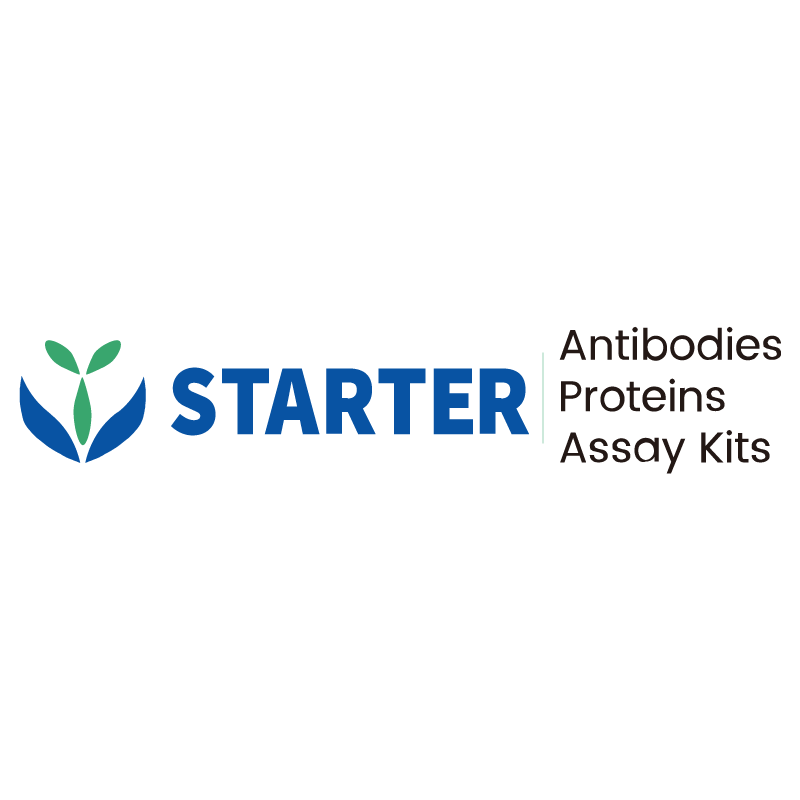Flow cytometric analysis of Mouse F4/80 expression on RAW264.7 cells. Cells from the RAW264.7 (Mouse Abelson murine leukemia virus-induced tumor macrophage, Right) or C2C12 (Mouse myoblasts myoblast, Left) was stained with either APC Rat IgG2a, κ Isotype Control (Black line histogram) or SDT APC Rat Anti-Mouse F4/80 Antibody (Red line histogram) at 1.25 μl/test. Flow cytometry and data analysis were performed using BD FACSymphony™ A1 and FlowJo™ software.
Product Details
Product Details
Product Specification
| Host | Rat |
| Antigen | F4/80 |
| Synonyms | Adhesion G protein-coupled receptor E1; Cell surface glycoprotein F4/80; EGF-like module receptor 1; EGF-like module-containing mucin-like hormone receptor-like 1; EMR1 hormone receptor; Emr1; Gpf480; Adgre1 |
| Location | Cell membrane |
| Accession | Q61549 |
| Clone Number | S-R537 |
| Antibody Type | Rat mAb |
| Isotype | IgG2a,k |
| Application | FCM |
| Reactivity | Ms |
| Positive Sample | RAW264.7 |
| Purification | Protein G |
| Concentration | 0.2 mg/ml |
| Conjugation | APC |
| Physical Appearance | Liquid |
| Storage Buffer | PBS, 1% BSA, 0.3% Proclin 300 |
| Stability & Storage | 12 months from date of receipt / reconstitution, 2 to 8 °C as supplied |
Dilution
| application | dilution | species |
| FCM | 1.25μl per million cells in 100μl volume | Ms |
Background
F4/80, also known as ADGRE1 or EMR1, is a cell surface glycoprotein and a member of the EGF-TM7 protein family. It is widely used as a marker for mature mouse macrophages and is highly expressed in various macrophage populations, such as Kupffer cells in the liver, Langerhans cells in the skin, and microglial cells in the brain. However, its expression in human cells is different, being mainly found in eosinophils and some macrophages. F4/80 is an orphan receptor involved in cell adhesion and immune cell interactions, and it may also play a role in the development of regulatory T cells. The protein has a large extracellular domain containing multiple EGF-like calcium-binding domains, linked to a seven-transmembrane domain characteristic of G protein-coupled receptors.
Picture
Picture
FC


